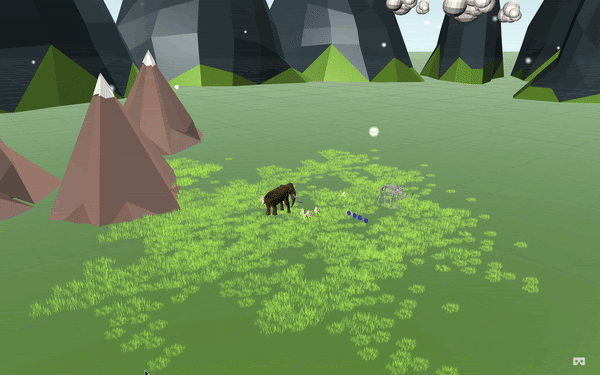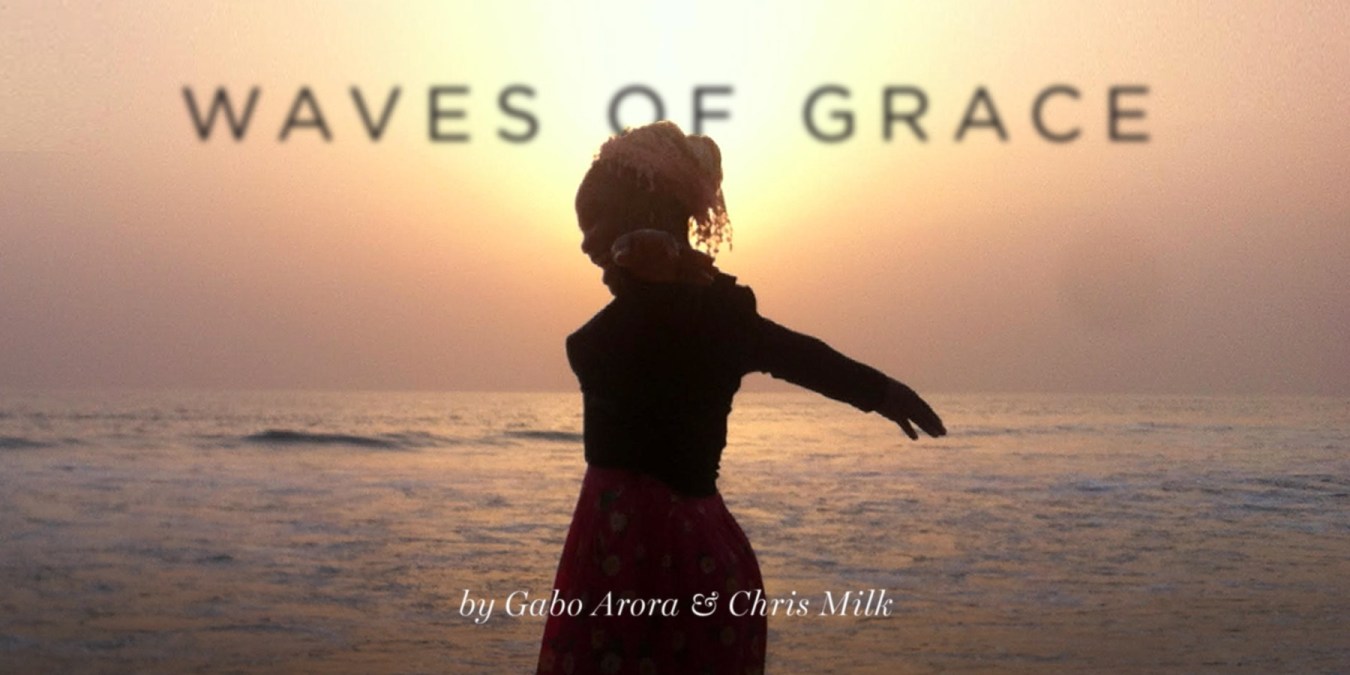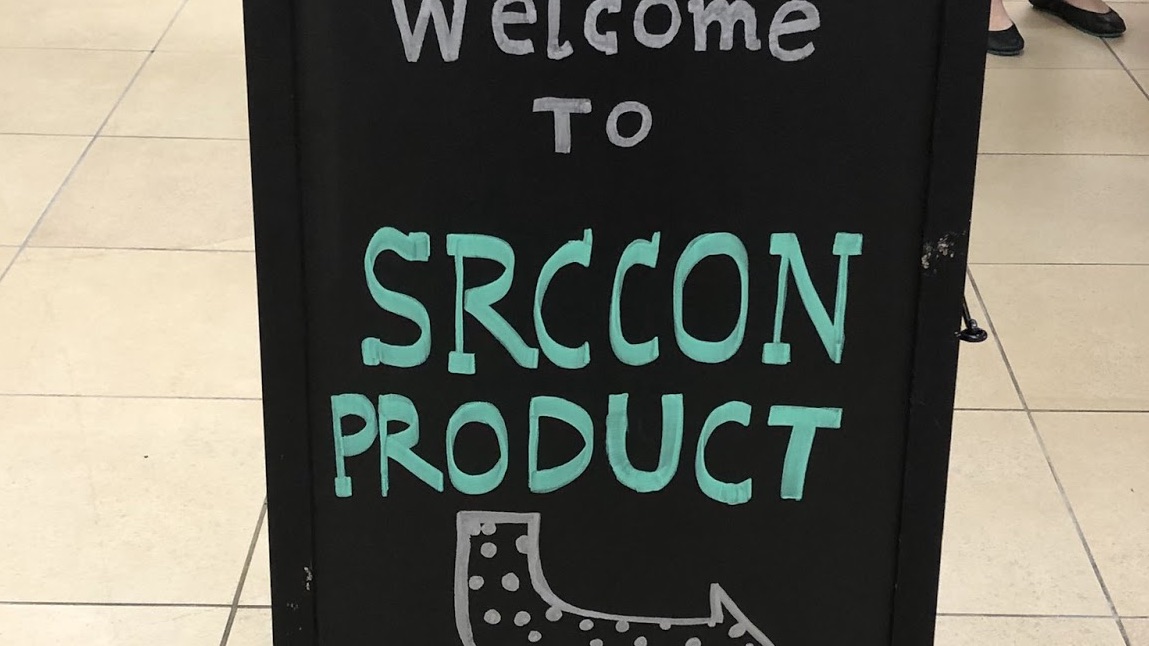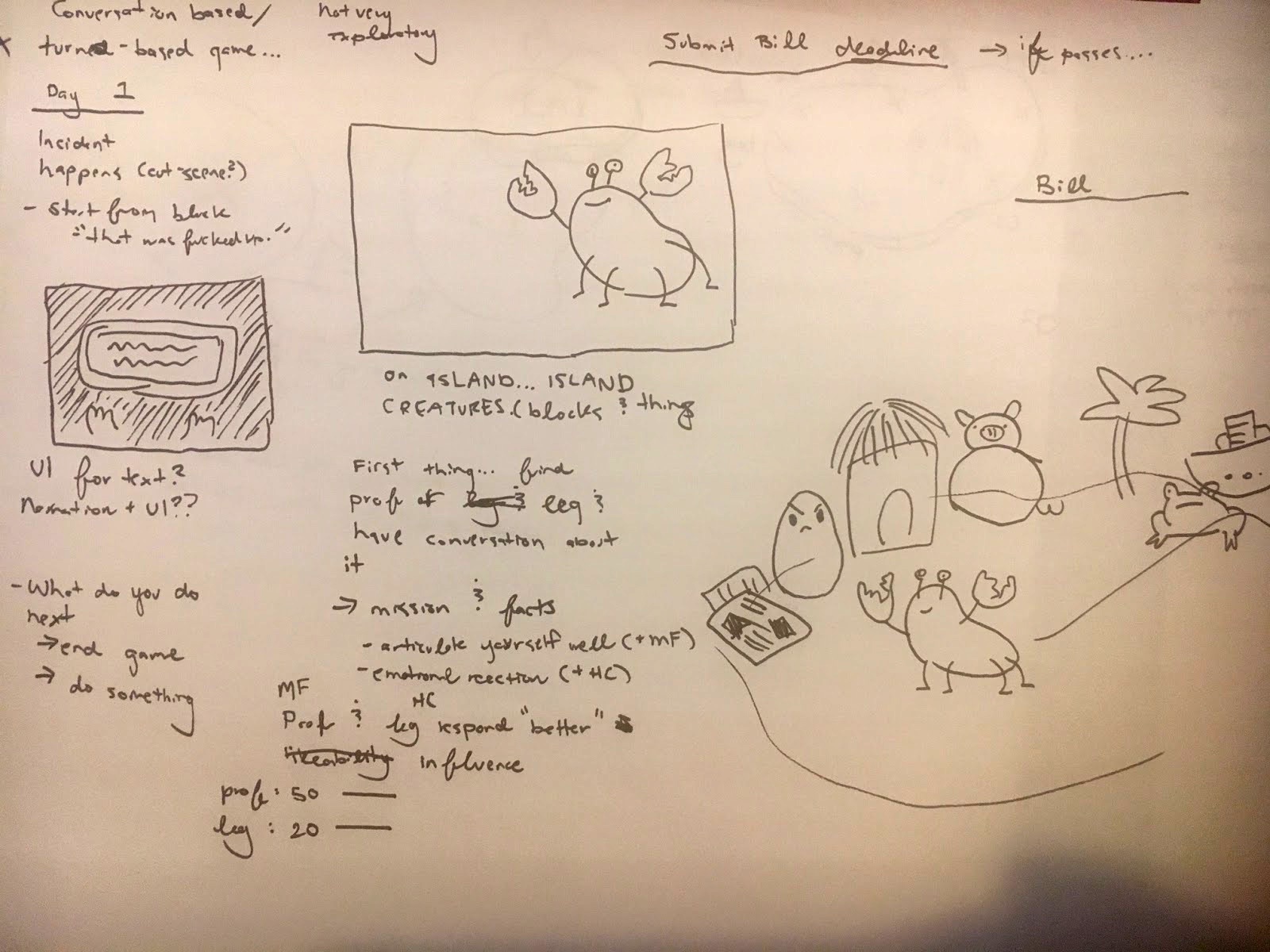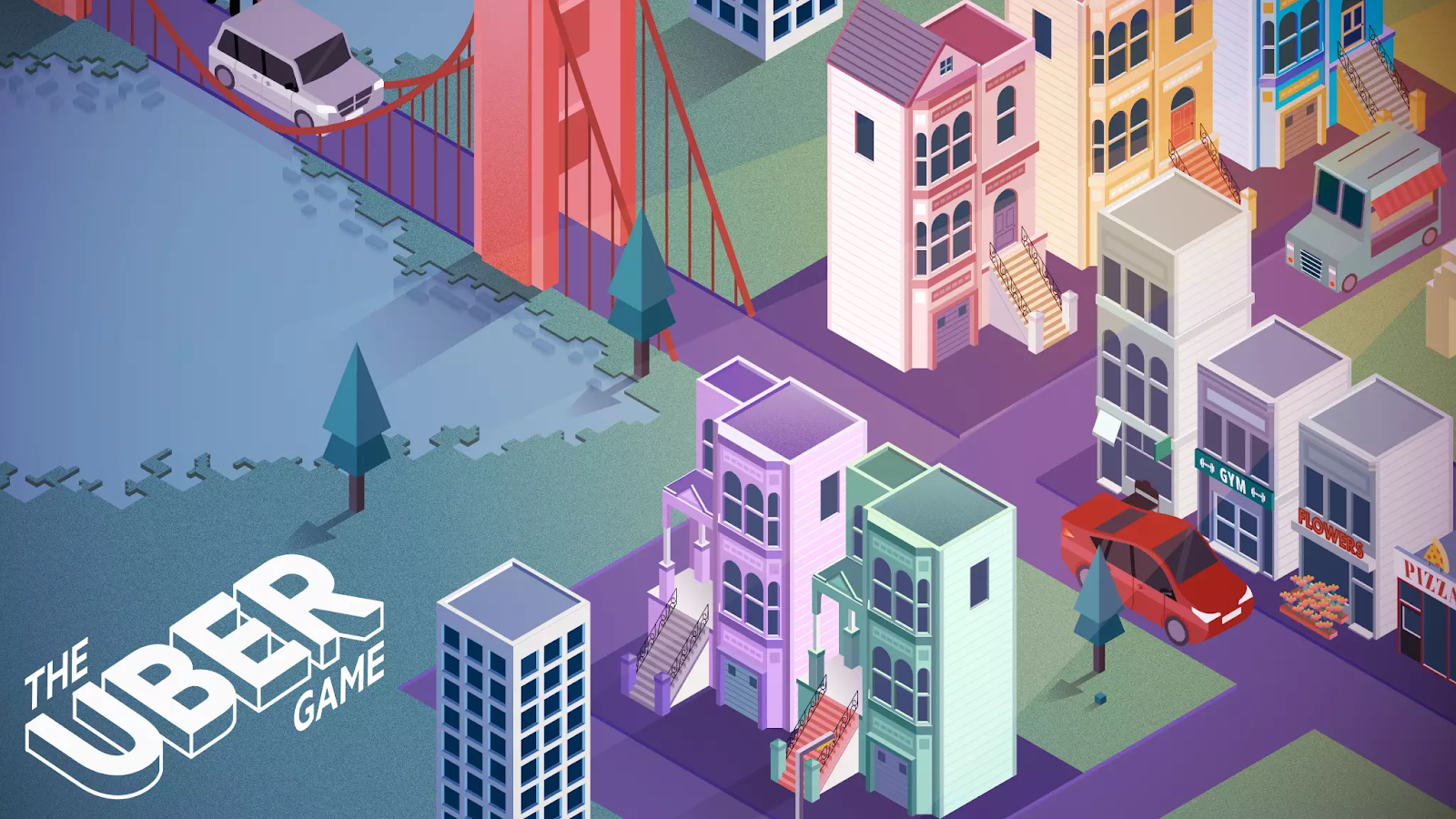Another Big TimelineJS Update That You Shouldn’t Even NoticeBut we wanted to warn you ahead of time
There’s another big but invisible change coming to TimelineJS. In July, we announced a big update to TimelineJS on the day of the release. With some minor exceptions, we were right that most people didn’t notice. Next week, we’ll be making another big update, which, again, we hope you won’t notice. This time, we thought we should announce it ahead of time, because timelines created before January, 2015 will probably stop working unless steps are taken. Timelines...

